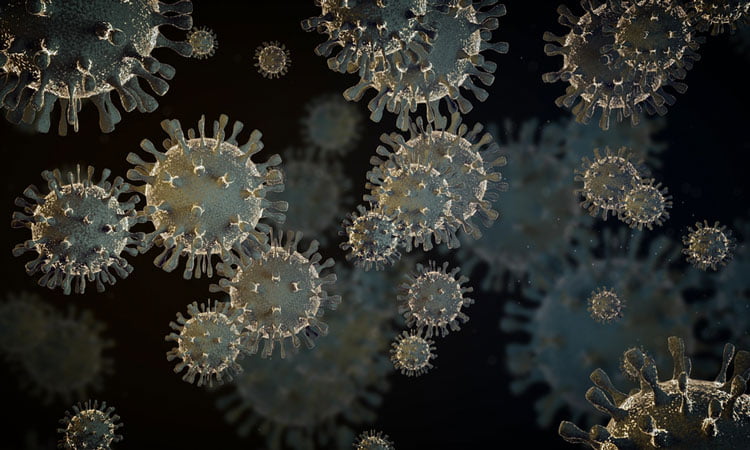Immunoassay developed to detect small molecules
Posted: 6 December 2018 | Drug Target Review | No comments yet
An immunoassay developed to analyse small molecules has shown 50 times greater accuracy than current systems of analytical techniques…


As medical science has come to understand that the human body is controlled on the molecular level by various proteins, hormones, drugs, and other substances, technologies have developed to detect levels of these molecules in order to monitor health and diagnose disease. However, many of these molecules are so small that they cannot be detected by the most widely available analysis techniques, leaving questions about crucial substances like amino acids, sugars, and lipids largely unanswered.
Scientists at the Wyss Institute for Biologically Inspired Engineering at Harvard University and Brigham and Women’s Hospital (BWH) have created a new type of immunoassay that is capable of detecting small molecules with 50-fold greater sensitivity than conventional detection methods, and can be easily integrated into existing diagnostic platforms.
“The enhanced analytical sensitivity of our assay enables measurements of small molecules at extremely low concentrations, and opens a window into biological phenomena that were previously unreachable,” said senior author Dr David Walt, a Core Faculty member of the Wyss Institute who is also the Hansjörg Wyss Professor of Biologically Inspired Engineering at Harvard Medical School (HMS) and Professor of Pathology at BWH, as well as an HHMI Professor.
The new approach is based on a type of analysis called a competitive immunoassay, in which a known quantity of a labelled molecule of interest and a sample with an unknown quantity of the molecule are both added to an array of antibodies to which they bind. The labelled and unlabelled molecules then “compete” for the same antibody binding sites. By analysing the amount of the labelled molecule of interest that is bound to the antibodies compared to the total number of available antibody sites, it is possible to conclude that the remaining sites are bound by the unlabelled molecule from the sample, allowing the concentration of that molecule to be determined.
The researchers created two types of competitive immunoassays that used slightly different methods to capture small molecules of interest, based on the Simoa system from Quanterix. The first method uses magnetic microbeads coated with the target molecule as the competitor, while the second method attaches the target molecule to the enzyme beta-galactosidase, which then binds to the magnetic beads to form the competitor complex. After the bead/antibody mixtures are allowed to mix with a sample containing an unknown amount of the target molecule, the beads are rinsed to remove any unbound molecules and then added to a Simoa disc containing thousands of microwells, each of which can hold one bead bound to one target molecule. A reaction then takes place that makes any well containing a bead with the labelled target molecule fluoresce. The fewer number of fluorescent wells, the fewer labelled target molecules are bound to the beads, and thus the greater the concentration of the unlabelled target molecule present in the sample.
Two small molecules that are important for normal human body function were analysed: cortisol and PGE2. Cortisol is widely used to evaluate the function of the adrenal, pituitary, and hypothalamus glands, while PGE2 is a hormone-like prostaglandin molecule that influences inflammation, fertility, and immune function. The new competitive methods were able to detect their targets with up to 50 times greater sensitivity than a conventional ELISA (enzyme-linked immunosorbent assay), within about an hour.
“Our plan is to use this method in diagnostics for improved detection of hormones in blood samples,” said first author Dr Xu Wang, a Postdoctoral Research Fellow at BWH and the Wyss Institute. “We are working to try to commercialise this technology for the rapid detection of small molecules for a variety of clinical and environmental applications.”
“The Walt team continues to push the envelope in the field of diagnostics with this advance. By sensing molecules previously undetectable within an hour, they open entirely new approaches to diagnostics and clinical monitoring that should greatly improve human health. It’s precisely the type of translational innovation we hope to enable and empower at the Wyss Institute,” said the Wyss Institute’s Founding Director Dr Donald Ingber, who is also the Judah Folkman Professor of Vascular Biology at HMS and the Vascular Biology Program at Boston Children’s Hospital, as well as Professor of Bioengineering at Harvard’s School of Engineering and Applied Sciences (SEAS).
The research was published in the Journal of the American Chemical Society.
Related topics
Assays, Disease research, Drug Discovery, Drug Discovery Processes, Immunoassays, Research & Development, Screening, Small molecule, Target molecule
Related organisations
Brigham and Women's Hospital, Wyss Institute for Biologically Inspired Engineering
Related people
Dr David Walt, Dr Donald Ingber, Dr Xu Wang


